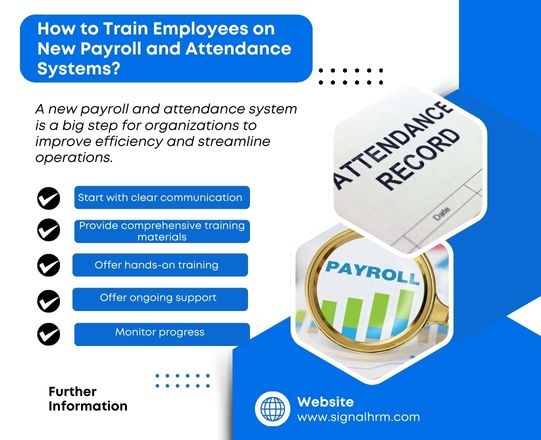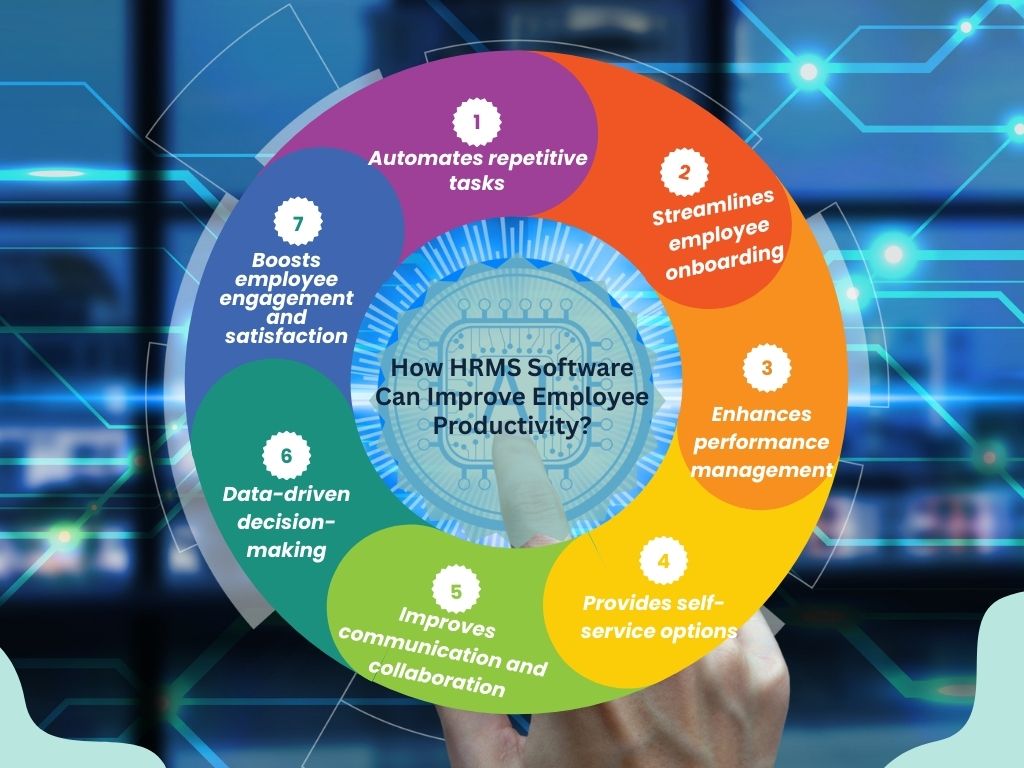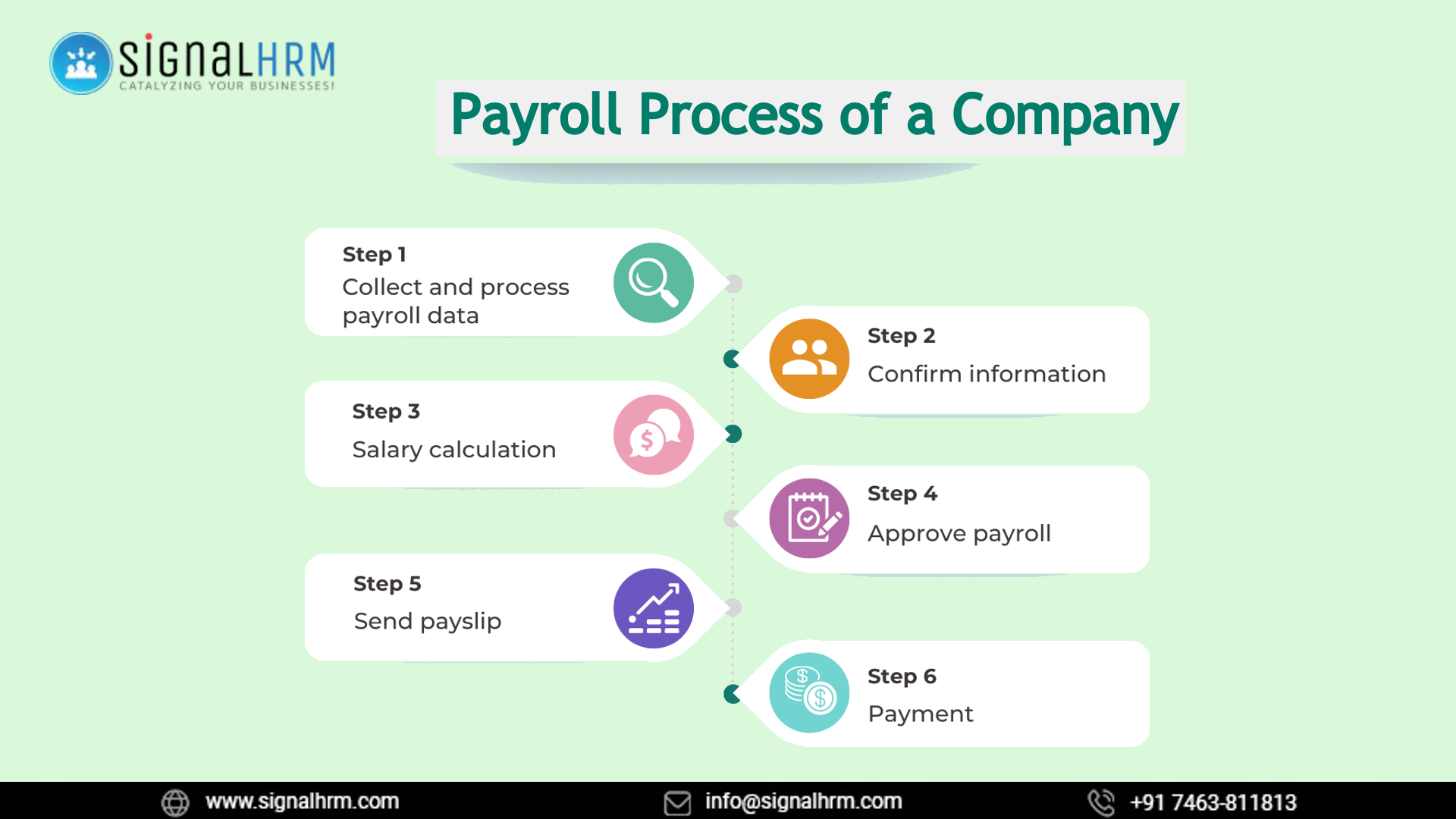Integrating payroll with employee benefits management helps companies to streamline operations and improve employee satisfaction. By connecting these two elements, businesses can save time, reduce errors, and create a better experience for their employees. In this blog, we’ll discuss the benefits of int...
Read MoreIntroducing a new payroll and attendance system is a big step for organizations to improve efficiency and streamline operations. However, it can also be overwhelming for employees who are used to the old system. Therefore, organizations must conduct proper training to ensure smooth adoption, reduce errors...
Read MoreBusinesses need to streamline processes to maximize efficiency and productivity of employees. Human resource management system (HRMS) helps them to manage HR functions seamlessly. By automating administrative tasks and improving communication, HRMS helps employees to focus on their core responsibilities r...
Read MoreThe Role of AI in Modern Payroll SystemsOrganizations are increasingly using artificial intelligence (AI) to automate and optimize their payroll processes. AI-powered payroll software helps organizations to reduce manual errors, ensure compliance, and streamline payroll operations efficiently. According ...
Read MoreOrganizations need to ensure the safety of sensitive employee information in this digital world. Therefore, payroll management software must have the functionalities to protect confidential data such as employee salaries, tax information, and bank account numbers. Let’s find out why data security should...
Read MoreOrganizations have their predefined protocols and standards to manage human resources, accomplish goals, and achieve desired targets. Varying needs and requirements lead to the demand for different types of HRMS solutions. This has led to increased demand for custom HRMS software that accommodates specific ne...
Read MoreMeasuring ROI (Return on Investment) from HRMS management software includes evaluating the financial benefits/losses against the total costs incurred in the implementation and maintenance of the system. Calculating the ROI enables the HR department to analyze the effectiveness of the HR initiatives within an ...
Read MoreManaging the payroll of an organization is a complex and time-consuming task. Also, with factors such as rising employee expectations, incomplete integration, and changes in legislation, payroll management becomes more daunting. Payroll is not only about compensating employees timely. It enables organizations...
Read MorePeople make an organization. Therefore, organizations need to look after to ensure their well-being and efficient working. It becomes overwhelming for the HR department to choose the right employees, onboard them, and manage them during their tenure. HRs may make some mistakes when they are swamped with a mul...
Read MoreImplementing HRMS management software transforms HR functioning within an organization. From recruiting top talent to disbursing payroll, and managing performance, HRMS simplifies so much. Organizations must carefully plan and implement HRMS software to optimize their processes and operations. In this blog, w...
Read More








